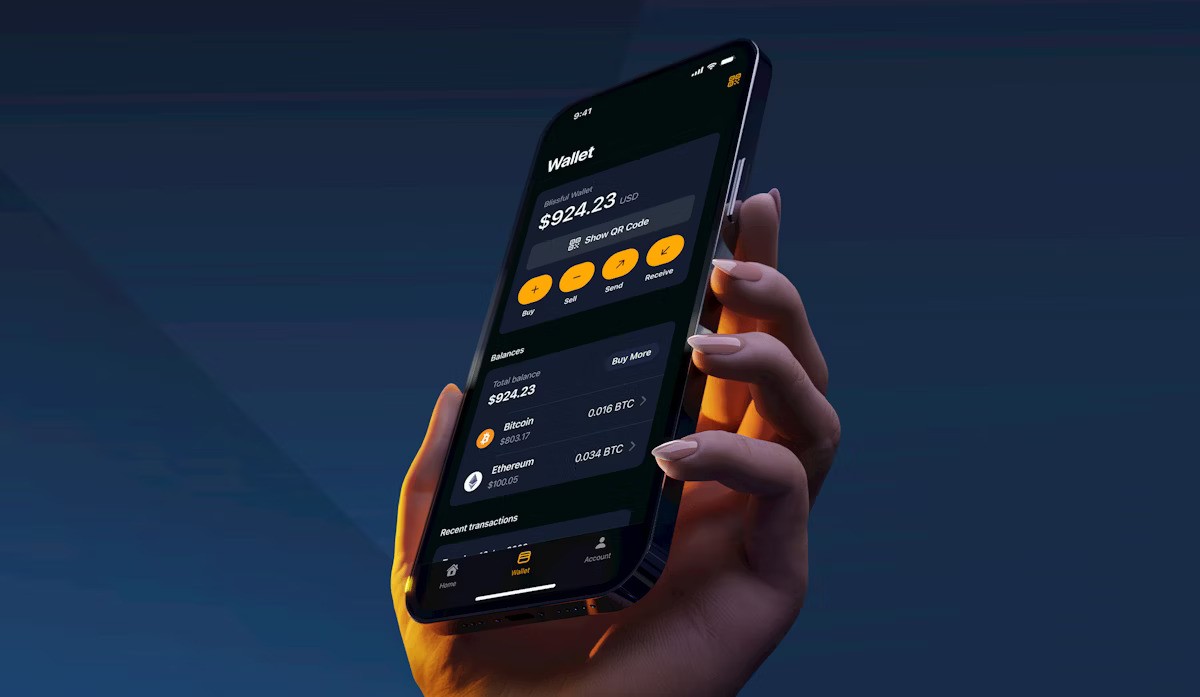In the rapidly evolving world of cryptocurrency, one of the most essential tools for managing and securing digital assets is the crypto wallet. These wallets have come a long way from being simple storage devices to multi-faceted platforms capable of interacting with various blockchain networks MetaMask extension. As blockchain technology continues to proliferate, the emergence of multi-chain wallets is transforming the crypto landscape, offering users greater flexibility, security, and convenience in managing their assets.
What is a Multi-Chain Crypto Wallet?
A multi-chain crypto wallet is designed to support multiple blockchain networks within a single wallet interface. Unlike traditional wallets that are built to work with one blockchain (like Bitcoin or Ethereum), multi-chain wallets allow users to store, send, and receive a variety of cryptocurrencies from different blockchains in one place. These wallets bridge the gap between isolated blockchain ecosystems, enabling interoperability and enhancing user experience.
For example, a multi-chain wallet might allow users to manage Bitcoin, Ethereum, Solana, Binance Smart Chain, and Avalanche assets in a unified platform. This is in contrast to single-chain wallets, which are limited to only one blockchain’s tokens and assets.
Why Multi-Chain Wallets Are Game-Changers
The emergence of multi-chain wallets is a natural response to the increasing diversity of blockchain networks. As the crypto space expands, there are now thousands of different blockchain networks, each with its unique assets, capabilities, and use cases. In this diverse environment, multi-chain wallets are gaining popularity for several reasons:
- Interoperability: One of the main issues in the crypto world is the lack of seamless communication between different blockchain ecosystems. Multi-chain wallets facilitate interoperability, allowing users to transfer assets between various blockchains without the need for complex bridging solutions or separate wallets.
- Consolidation of Assets: Instead of managing separate wallets for each blockchain (e.g., one for Bitcoin, one for Ethereum), users can now store all their assets in a single wallet. This reduces the hassle of switching between different applications and simplifies portfolio management.
- Increased Accessibility: Multi-chain wallets make it easier for users to access a variety of decentralized applications (dApps) across different networks. Whether it’s DeFi protocols, NFT marketplaces, or gaming platforms, users can access these services from one wallet, improving their overall experience and efficiency.
- Reduced Costs: Multi-chain wallets often provide integrated tools to swap tokens across blockchains, allowing users to execute transactions within the wallet itself. This reduces the need to pay fees for external services that facilitate cross-chain transactions.
The Technology Behind Multi-Chain Wallets
Multi-chain wallets rely on sophisticated technologies such as cross-chain bridges, decentralized exchanges (DEXs), and layer-two scaling solutions to facilitate seamless interactions between different blockchain networks. These technologies enable assets to move fluidly from one blockchain to another, without users having to manually interact with multiple platforms.
- Cross-Chain Bridges: Cross-chain bridges are technologies that allow tokens to be transferred between different blockchains. By locking assets on one blockchain and minting an equivalent token on another, users can seamlessly move their assets across ecosystems. Multi-chain wallets often integrate these bridges to provide a smooth and efficient cross-chain experience.
- Decentralized Exchanges (DEXs): Multi-chain wallets often feature integrated DEXs that enable users to swap tokens from one blockchain to another without relying on centralized exchanges. This decentralization adds a layer of security and ensures that users maintain control over their assets.
- Layer-Two Solutions: Layer-two scaling solutions like the Lightning Network or Polygon can be integrated into multi-chain wallets to improve transaction speeds and reduce fees. These solutions handle transactions off the main blockchain and then settle them back on-chain, providing a more efficient and cost-effective experience for users.
Popular Multi-Chain Wallets in the Market
Several crypto wallet providers are already embracing the multi-chain model, offering users the tools needed to manage assets across various blockchain networks. Some of the most popular multi-chain wallets include:
- MetaMask: Initially designed for Ethereum and ERC-20 tokens, MetaMask has expanded its support to other blockchains like Binance Smart Chain, Avalanche, and Polygon, making it one of the most popular multi-chain wallets in the DeFi space.
- Trust Wallet: Owned by Binance, Trust Wallet supports more than 40 blockchains and offers an intuitive user interface for managing cryptocurrencies across different networks. Its decentralized nature and integration with decentralized apps make it a favorite among crypto enthusiasts.
- Exodus Wallet: Exodus is another wallet that supports multiple blockchains and integrates with popular exchanges like Binance and ShapeShift. It also offers an integrated portfolio tracker to help users monitor their holdings across different networks.
The Challenges of Multi-Chain Wallets
While multi-chain wallets offer many advantages, they are not without challenges. Some of the key issues that users and developers face include:
- Security Risks: The complexity of multi-chain interactions increases the potential for vulnerabilities and hacks. Ensuring the security of a multi-chain wallet requires advanced cryptographic protocols and secure storage solutions. Wallet providers must continuously update their security practices to stay ahead of potential threats.
- User Experience: Although multi-chain wallets simplify asset management, the underlying technology can be difficult for beginners to understand. Wallet providers must focus on creating intuitive and user-friendly interfaces to ensure that even non-technical users can safely and easily interact with their multi-chain wallets.
- Network Congestion: As the number of transactions across various blockchains increases, network congestion may become an issue. Multi-chain wallets will need to implement effective strategies to handle high traffic and maintain fast transaction speeds.
The Future of Multi-Chain Wallets
The future of multi-chain wallets is bright, with many innovations on the horizon. As blockchain technology continues to mature, wallets will become even more sophisticated, offering users the ability to interact with an ever-growing number of networks, protocols, and decentralized applications.
